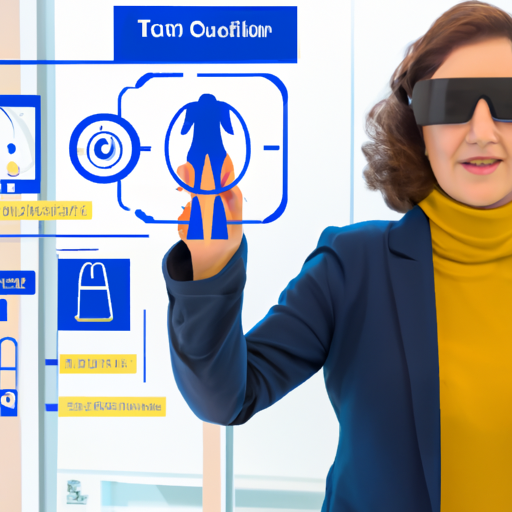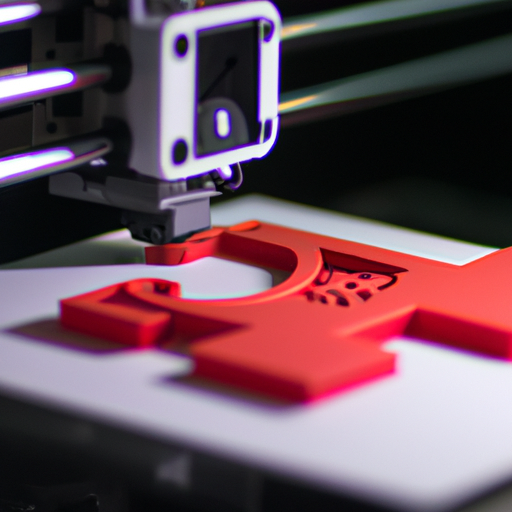In the fast-evolving world of technology, Open AI Models have emerged as a revolutionary force, pushing the boundaries of Artificial Intelligence (AI) and Machine Learning (ML). From natural language processing to advanced robotics, these models are not just changing how we interact with machines but also reshaping entire industries.
What are Open AI Models?
Open AI Models are a series of artificial intelligence systems developed by OpenAI, a leading research organization. These models leverage vast amounts of data to create algorithms capable of learning, reasoning, and even generating human-like responses. The most notable among these is the GPT (Generative Pre-trained Transformer) series, which can generate coherent text based on the input it receives.
The Impact of Open AI Models on Various Industries
Open AI Models are influencing numerous sectors:
- Healthcare: From predictive analytics to personalized medicine, AI models assist in diagnosing diseases and recommending treatment.
- Finance: Algorithms analyze market trends, enabling better investment decisions and improving risk management.
- Education: Adaptive learning systems powered by AI provide tailored educational experiences for students.
- Entertainment: AI is transforming content creation, from writing movies and music to designing video games.
Natural Language Processing and Open AI
Natural Language Processing (NLP) is one of the standout features of Open AI Models. These models enable machines to understand and respond to human language in a way that feels natural. Whether it’s customer service chatbots or automated content creation, the ability to interpret context and nuances in language makes AI more accessible and effective.
Ethical Considerations in AI Development
As we embrace the potential of Open AI Models, it’s crucial to address the ethical implications of their use. Issues concerning data privacy, bias in AI algorithms, and job displacement due to automation are prevalent. Stakeholders must work proactively to enforce guidelines ensuring responsible AI usage and bias mitigation.
Future of Open AI Models
The future of Open AI Models looks incredibly promising. Continuous advancements in neural networks and data processing techniques will likely enhance their capabilities, making them even more powerful. As these technologies develop, the collaboration between humans and machines will deepen, fostering innovation and solving complex global challenges.
Conclusion
Open AI Models are not just tools; they represent a significant shift in how we utilize technology in our daily lives and businesses. By understanding and harnessing their capabilities, we can unlock new opportunities and revolutionize our approach to various problems. Stay tuned for more updates on the fascinating world of AI and its developments!
For more insights into AI and technology, subscribe to our newsletter!




